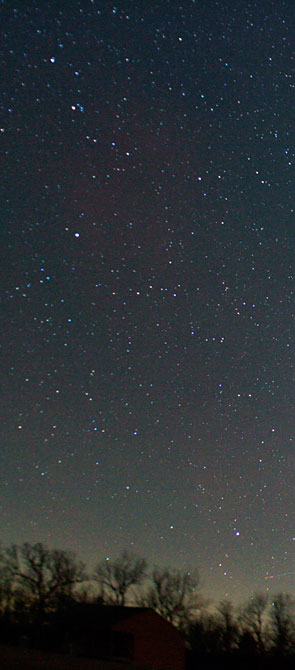 |
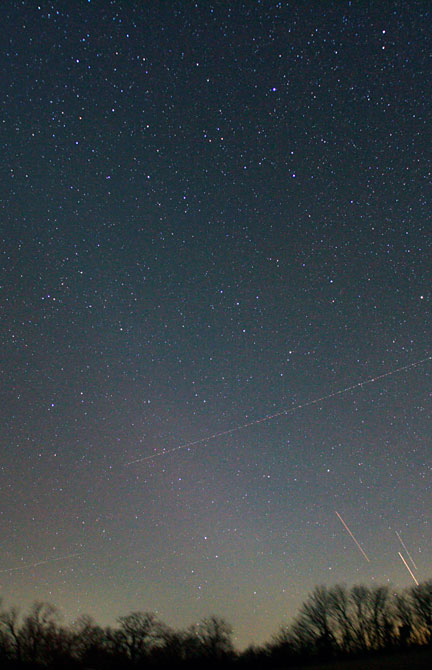 |
|
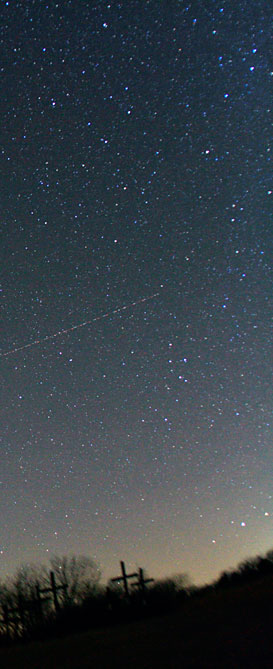 |
| Blue Airglow Imaged by Doug Zubenel 70 miles south of Kansas City in the St. Philippine Duchesne Memorial Park, Linn County on December 30, '07. ©Doug Zubenel, shown with permission. |
 |
 |
|
 |

| About - Submit | Optics Picture of the Day | Galleries | Previous | Next | Today |
| "This is the only instance of blue airglow I have ever imaged [more of Doug’s airglow photographs 1,2,3] I was actually making exposures of the zodiacal light following a very successful expedition to photograph Comet Tuttle passing by the Pinwheel Galaxy M33. None of the airglow was visible to the naked eye. At upper left is a patch of red airglow, and adjacent to the left side of the blue area is some pink. As far as I know, all the trails in the photo are jets - the short ones are just farther away. Being near Kansas City we have tons of air traffic. The crosses are memorials to the more than 600 native Americans that perished during a forced move from the Great Lakes region to Oklahoma at the end of the 19th century. Guided, 84 second exposure at ~ 7:33 pm CST ( 01:33 UT on the December 31) with a 16mm NIKKOR fisheye @ f/4 at ISO 800. The RAW file was converted to a TIFF and auto colour correction applied in PhotoShop. I have worked with this camera and these softwares enough to know that blue is present." |
| The upper atmosphere glows. Two processes light it. The brightest, visible mostly at high latitudes, is the glow of atoms and molecules excited by collisions with solar wind electrons and protons injected downwards from Earth�s nightside magnetosphere � Aurorae. The dimmer glow, visible in principle if our light pollution would allow from all latitudes, is also from excited atoms and molecules, this time the excitation is ultimately from solar far ultra violet radiation � Airglow. Airglow is so faint that our eyes do not see colour. Cameras do and the most common is green from the light of atomic oxygen 90-100 km high. Red airglow is also seen. That at 150-300 km high is from another forbidden transition of oxygen atoms. Lower down, in a narrow layer at ~86 km, excited OH radicals also glow red. Blue airglow is much much fainter. Excited molecular oxygen at ~95 km high can produce it. The excitation is indirect. Possible routes are via daylight dissociation of N2 and NO or twilight recombination of NO+ whose reaction products generate excited O2. The oxygen then decays by emitting blue multi-wavelength banded radiation (Herzberg bands) if it is not first collisionally de-excited. |
 |
 |
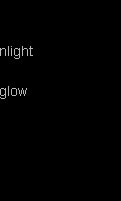 |
||
 |
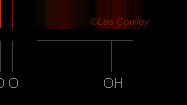 |
|||